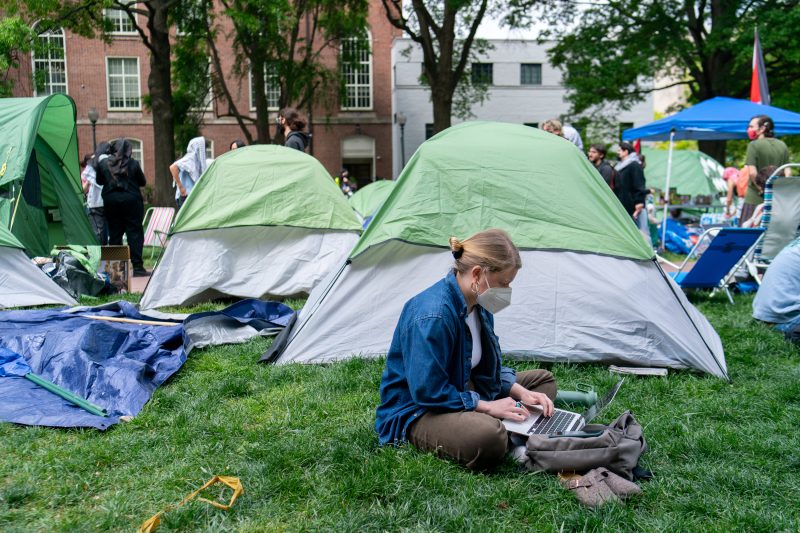
Generations at Odds: The Epic Saga of Age-Based Perspectives
Undoubtedly, the intergenerational gap, a phenomenon defined by disparities in a collection of attitudes, opinions, behaviors, and core values between individuals from different generations, has been a near-constant throughout human history. It’s often seen in the most common arrangement, where older generations do not understand the youth, and vice versa. This disconnection might range from relatively harmless disagreements on music and fashion trends to consequential debates about work ethic and moral values, making it a highly extensive and impactful social issue.
One of the most classic depictions of this generation gap can be traced back to ancient Greece. The philosopher Plato noted in his work The Republic that the old and the young have a hard time understanding each other’s tastes in music. There were widespread sentiments during that era describing the youth as disrespectful and reckless. Similarly, there were countless observations in ancient Rome about the evaporation of traditional Roman moral values and the increasingly inclement attitudes of the new generation.
The reasons for this disagreement lie largely in the disparate life circumstances faced by each generation. For instance, an individual born in the 1920s would likely have lived through the Great Depression, World War II, and the Cold War. They were shaped by economic hardship and political uncertainty, which could result in a more conservative, careful outlook on life. On the other hand, someone born after the turn of the millennium is molded by the rise of the internet and digital technology, vastly impacting their socialization process and worldview.
As such, a significant disconnect lies in the realm of technology. Older generations, who came of age during a time when less powerful technological tools were available, often struggle to understand the increasingly digital world. This scenario is a sharpening blade double-edged in nature: while younger individuals experience a level of technological immersive fluency that older generations may never comprehend, they also face challenges such as cyberbullying and online privacy invasion.
Another arena of discord is in the engagement with societal issues. Younger generations, with their progressive tendencies, are often vocal about social justice, climate change, and political reform. These are issues seen through a different lens by those older, who might maintain more traditional viewpoints or focus on economic stability rather than societal revolution.
Work ethics and attitudes also play a crucial role in the generational disconnect. Traditional work-centered values that highlight loyalty to an employer and putting in long hours contrast sharply with the more dynamic work-life balance demanded by younger generations. This battle of attitudes often leads to frictions and misunderstandings in many corporate environments contributing to the strained relationships between generations.
While the gulf between different generations appears to be increasing, it is by no means a contemporary issue. Every generation has faced a comparable misapprehension from preceding generations and tended to hold similar views about subsequent ones. The frequency of these moments across history reflects the almost inherent nature of the generation gap and the constant human struggle to understand, empathize with, and adapt to different generational perspectives.
Acknowledging these differences can steer the conversation towards reducing the effect of the generation gap. As history signifies, it takes time and effort from both sides to bridge this gap. Both older and younger generations hold valuable perspectives, shaped by the times they’ve lived through. By making room for intergenerational dialogue, mutual respect, and understanding, we can leverage the strengths of each generation.
So, the vast chasm that exists between the old and the young is not a new phenomenon, but an ancient divide that traces the annals of human history. Yet the awareness of this divide is the first step towards bridging it; a task that comes with the shared understanding that, despite age, each person forms part of a larger human narrative inherently interconnected and continuously evolving.
